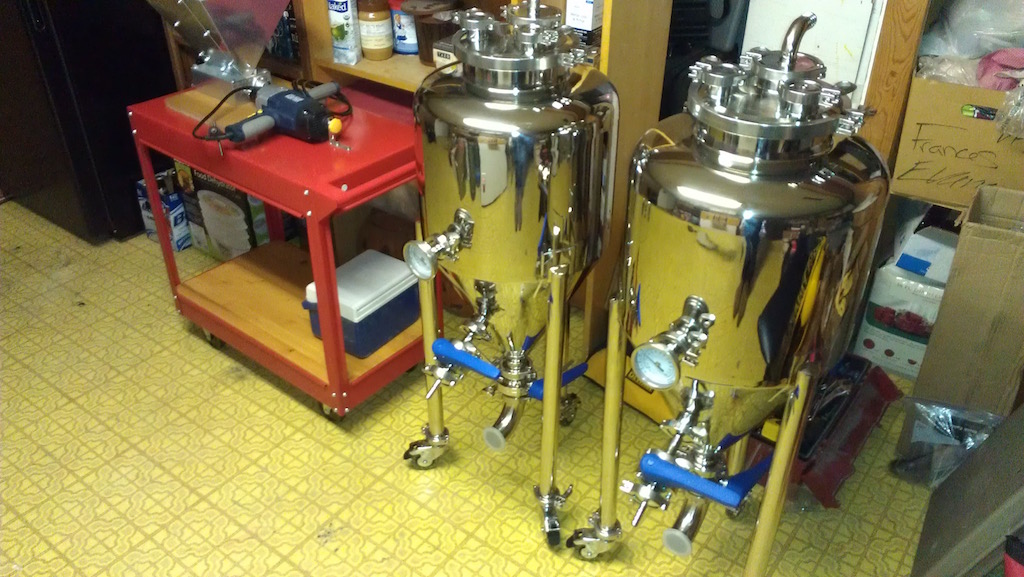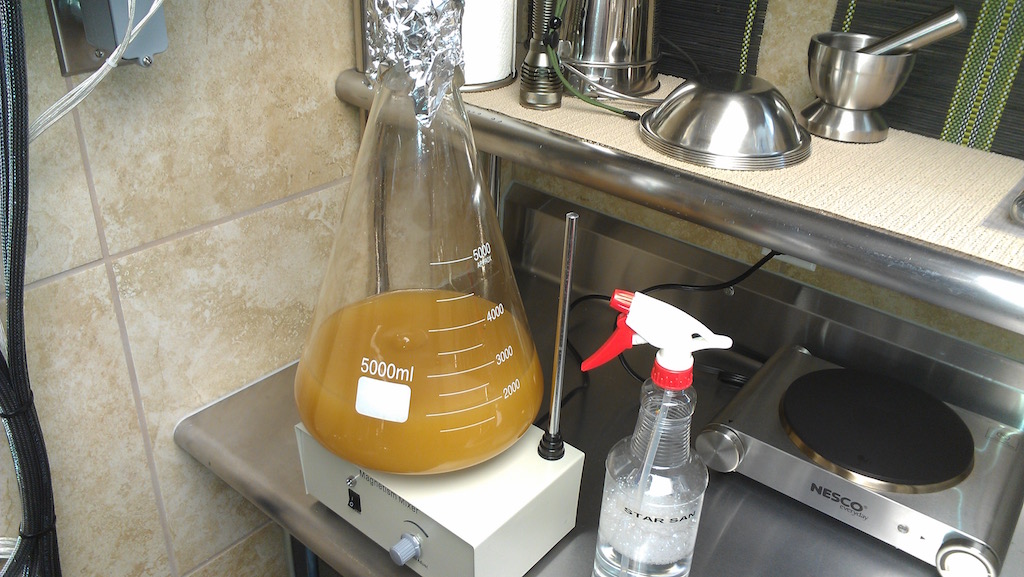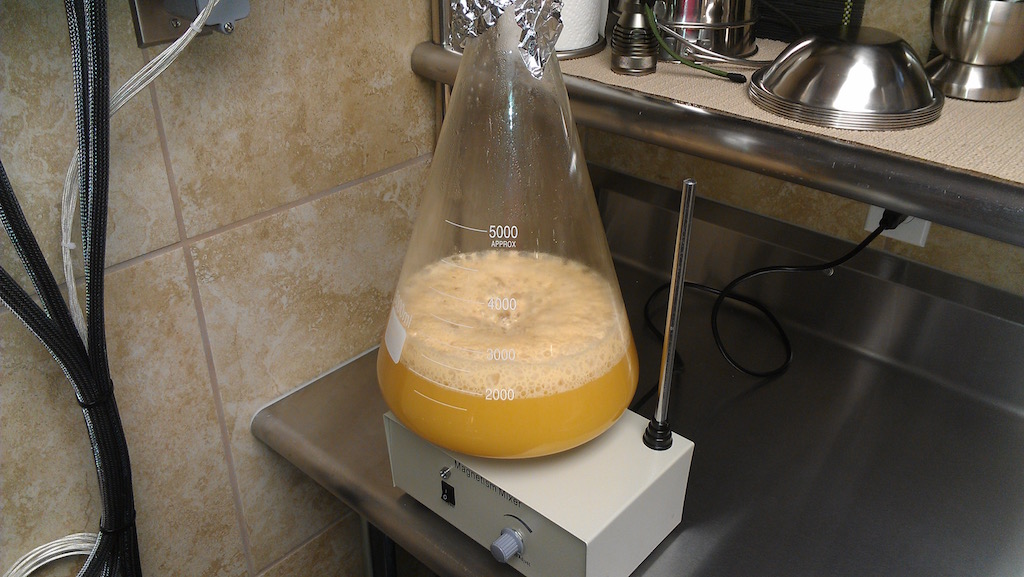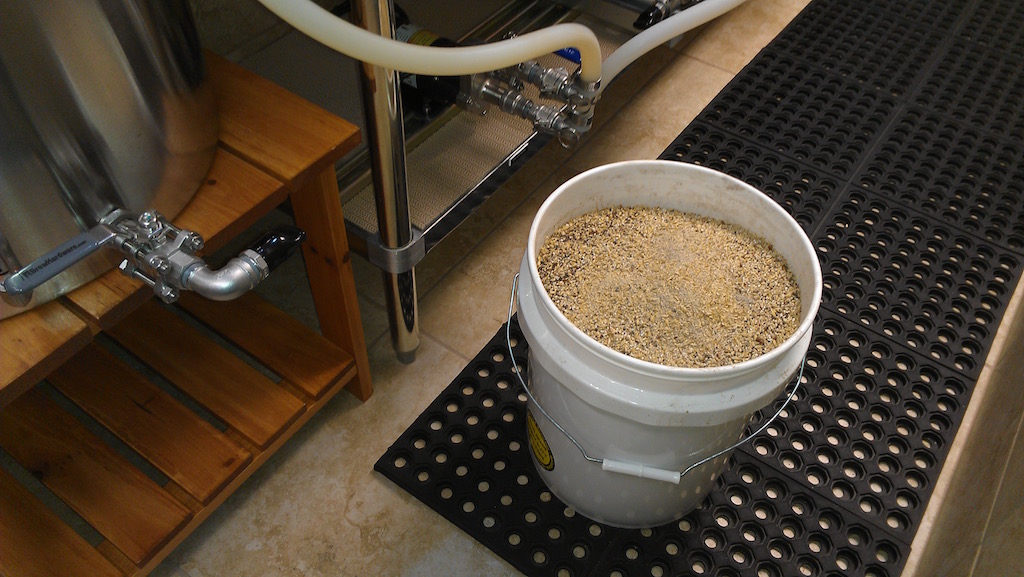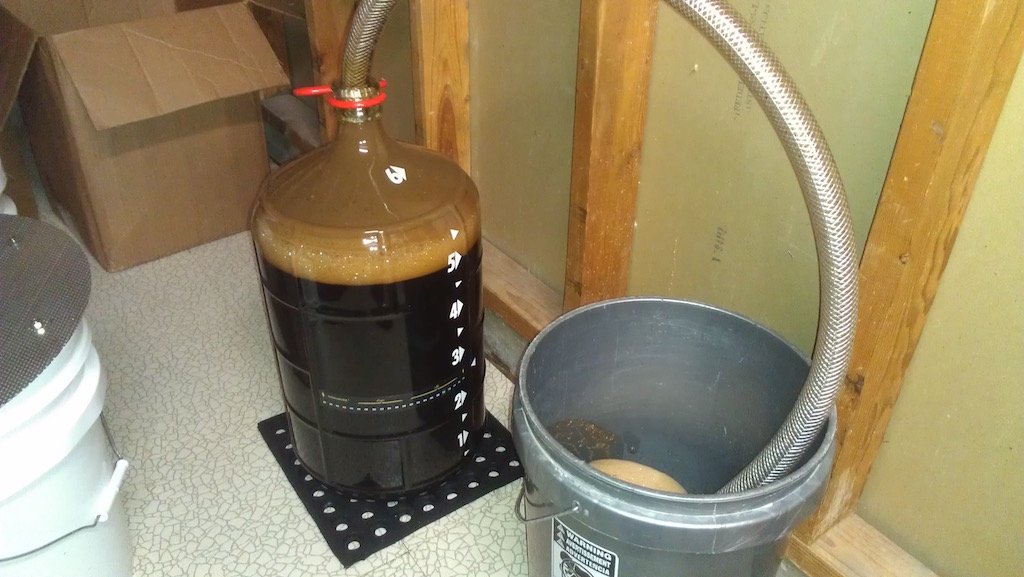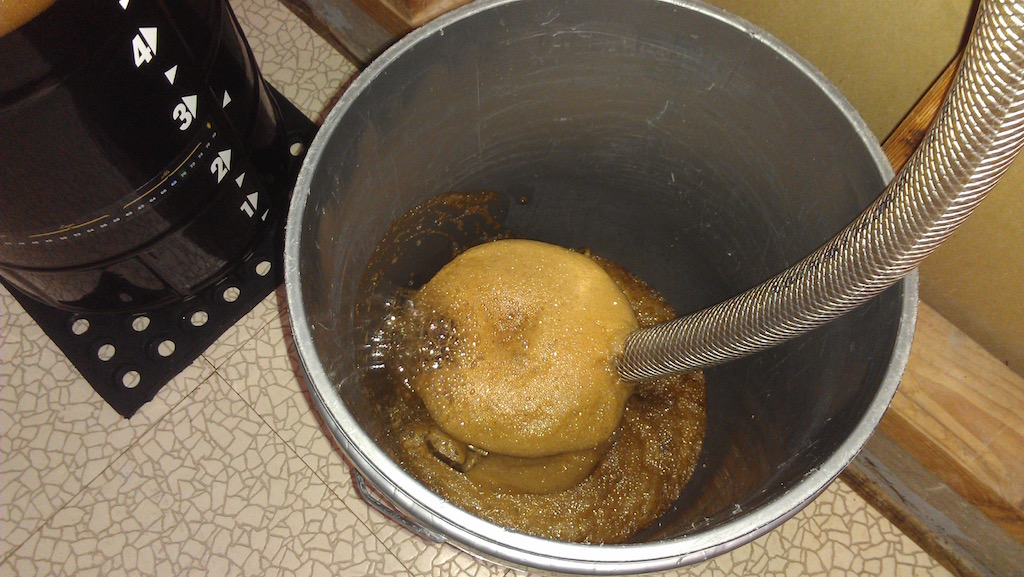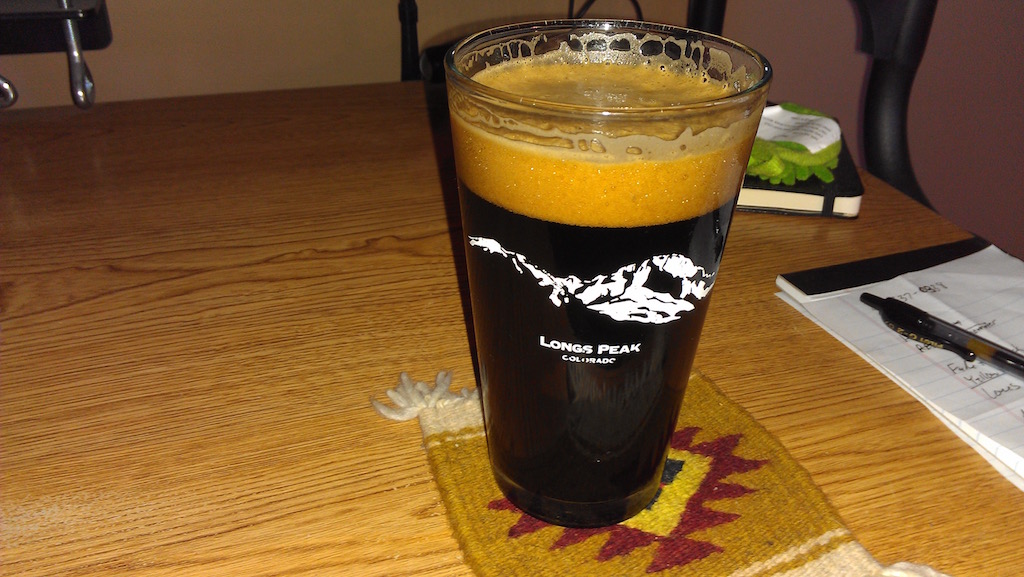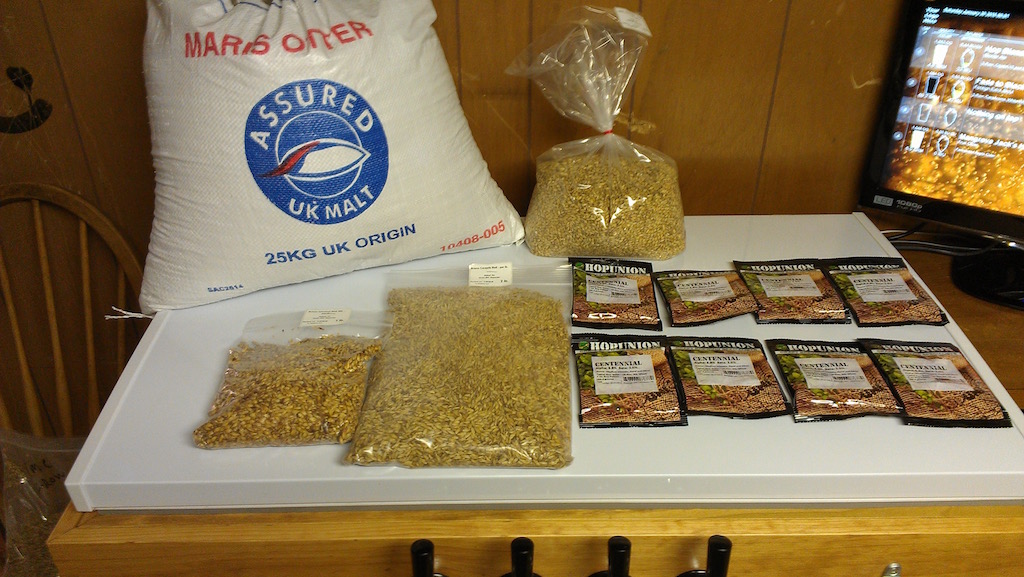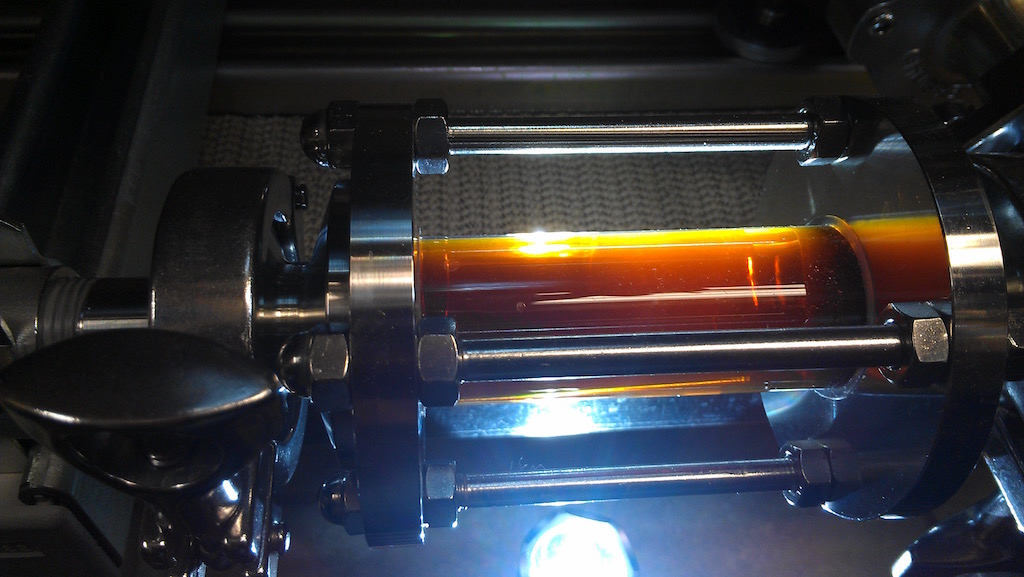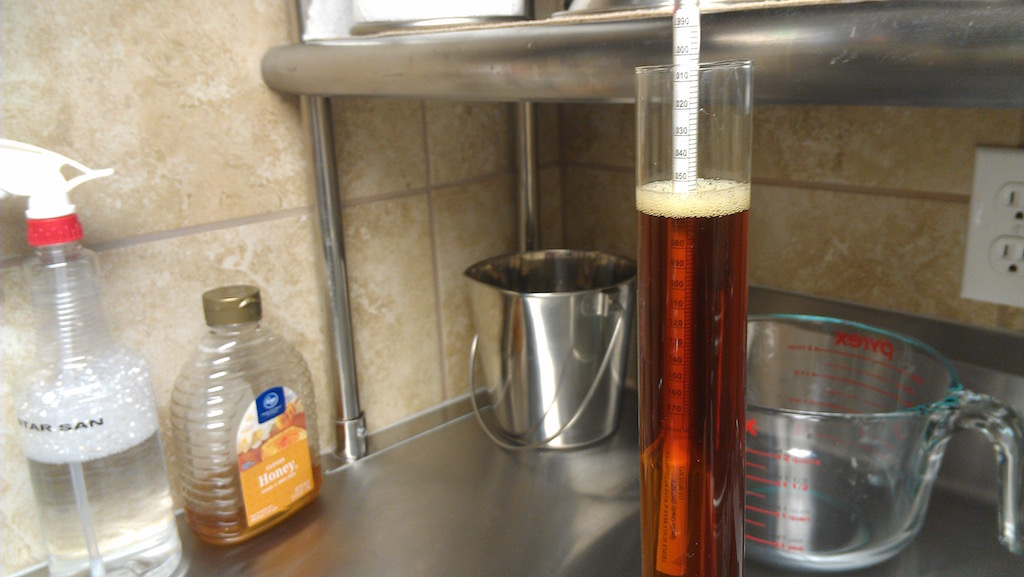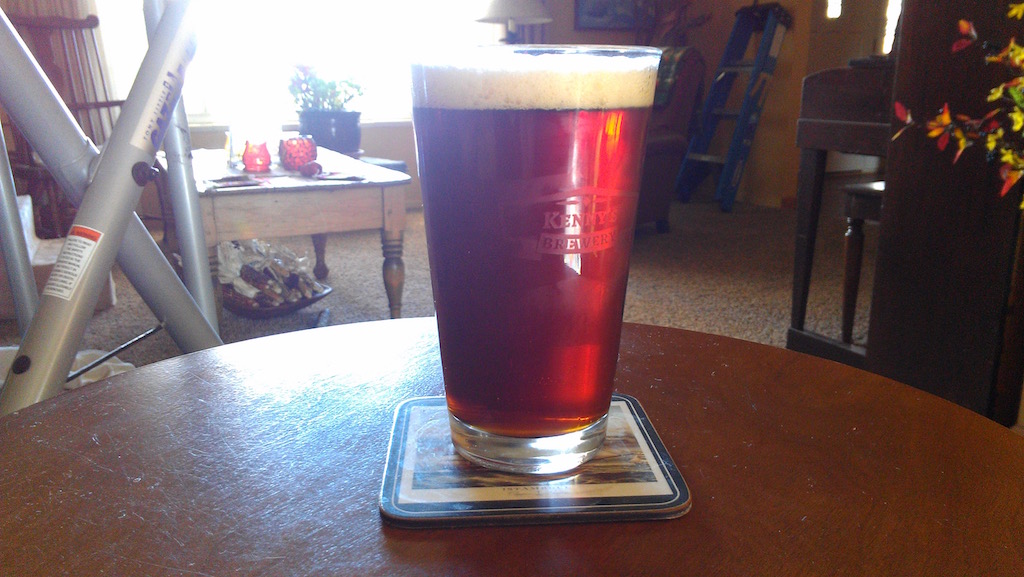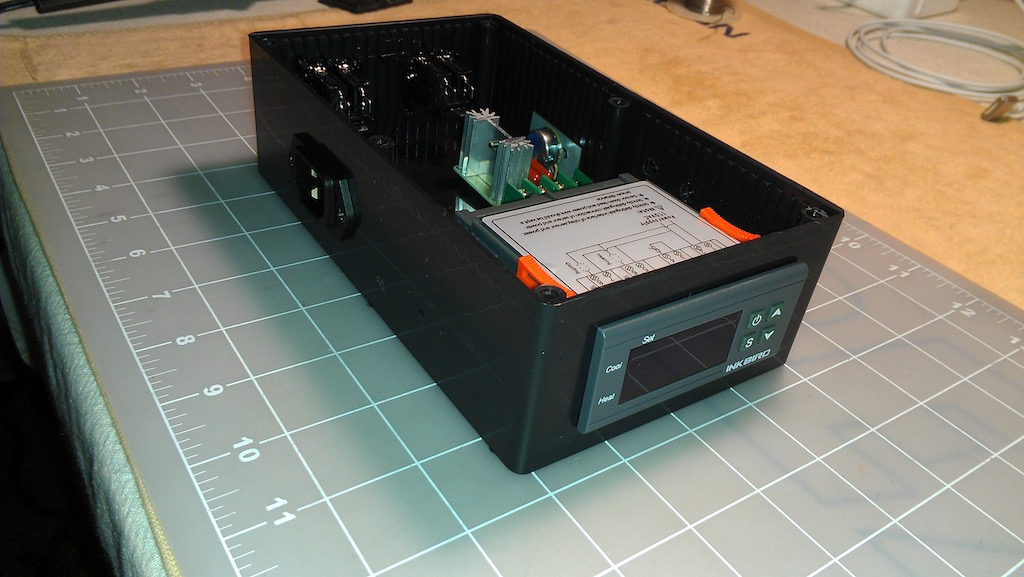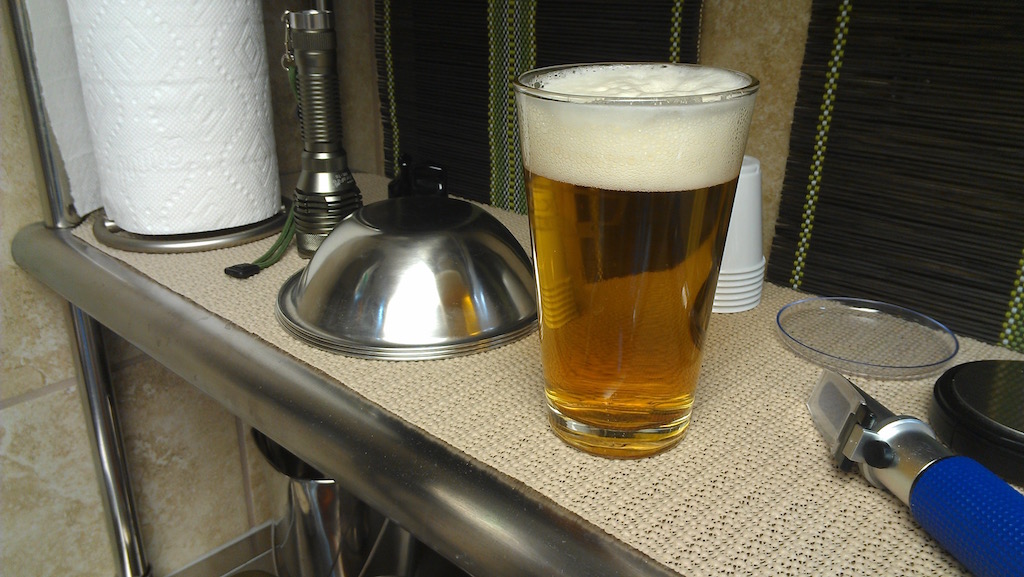Sorry it's been awhile since I've updated this thread but I've been working on an FAA certified flight instructor certificate and I haven't had much free time.
We're on batch #9 now at the Mineral Creek Brewery and the system has been working well and we're getting to know the ins and outs. After fighting with the 6 gallon carboys on big beers and wanting something better, we upgraded to two 15 gallon conical fermetors from Brewers Hardware. So far they've been great.
Here are a few photos of recent activity in the brewery...
2 Liter yeast starter on the stirplate...
Starter after 24 hours...
Grain for a Left Hand Brewery Fade-to-Black Vol I clone...
Fade-to-Black fermentation. Need more headspace!
The Fade-to-Black turned out great at 8.6% ABV...
Grain and hop bill for a Bell's Two Hearted clone from
www.theelectricbrewery.com
Raging Red wort color during the mash. Recipe from forum member @Mysticmead
https://www.homebrewtalk.com/showthread.php?t=239188
Raging Red hydrometer sample at 1.061...
Raging Red finished beer...
Heat/Cool controller for fermentor temperature jacket under construction...
A nice simple hopped up Blonde Ale...
Thanks again to everyone for the nice comments. This has been a really fun project!


